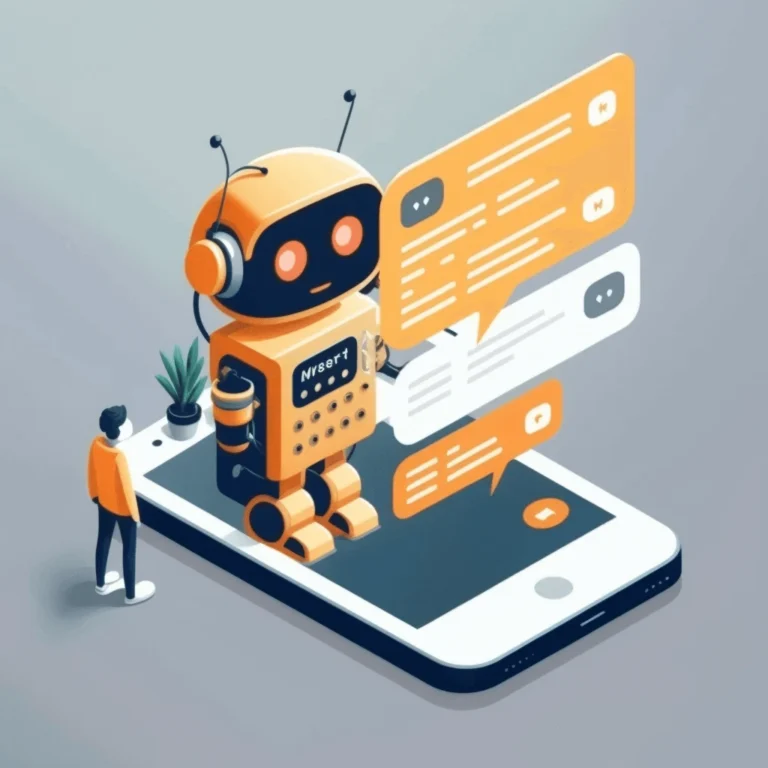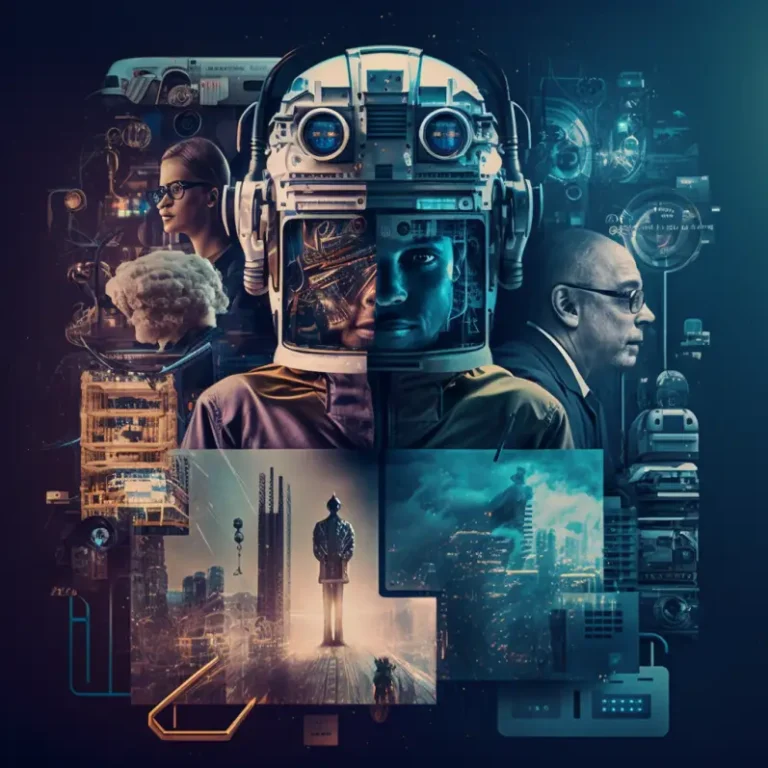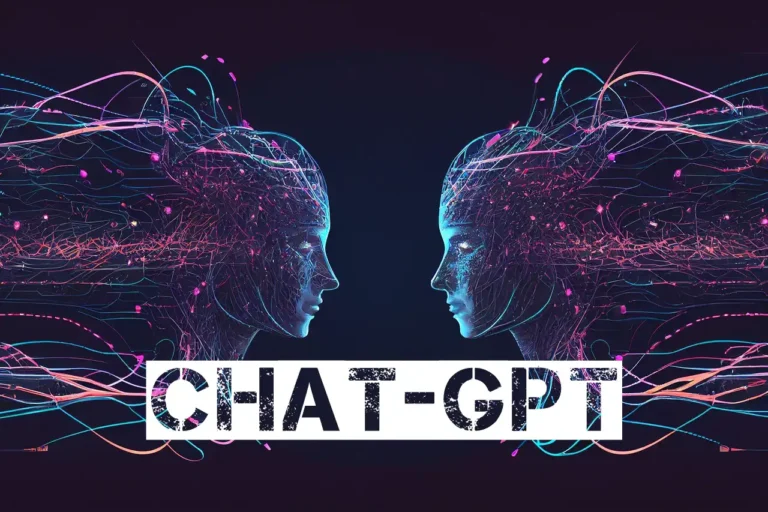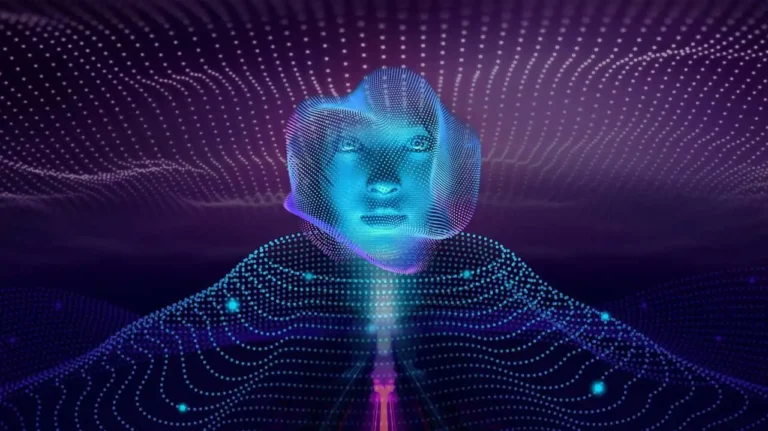In recent times, artificial intelligence (AI) has been given the new responsibility of taking over the art world. The success of OpenAI’s Dall-E 2 has led to a surge in AI programs that aim to turn ordinary people into modern-day Picassos. Among the many options available, Midjourney is one of the largest and most distinctive AI generators. Unlike its competitors such as Dall-E or Google’s Imagen, Midjourney focuses on adding some creativity to your requests. It is designed to inspire creatives looking to develop their next book, game, or science-fiction adventure, with a blend of dark tones or fantasy themes.
What is Midjourney and what can it do?
Midjourney is an AI image generator that has recently joined the market alongside many others. In contrast to competitors like Dall-E 2, Midjourney provides a more surreal and artistic style to the images it generates. This style is well-suited for those working in science-fiction literature or artwork that requires a more Gothic feel. While other AI generators tend to produce photographs, Midjourney acts more like a painting tool.
According to the Midjourney’s website, it aims to stimulate new forms of thinking and expand the imaginative abilities of humans. When using Midjourney, users must provide a written prompt for an image, such as “Spider-Man as a dragon” and within a short time, they will receive four versions of the requested image. However, the model is not perfect, and issues such as difficulty generating hands or complex objects, and blurry or unclear backgrounds, may arise, but these are common problems with similar models.
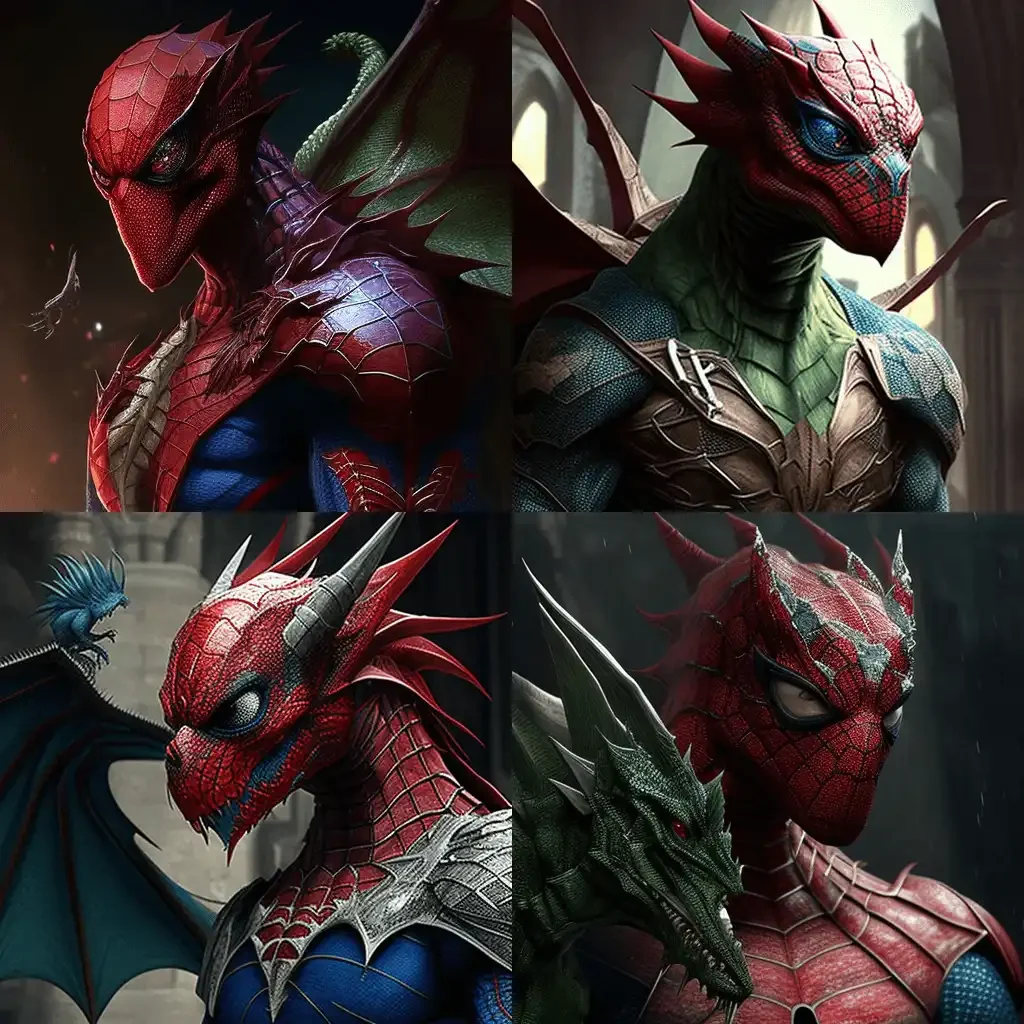
How can you sign up and Use Midjourney?
Midjourney operates differently from other AI tools in that it requires the use of Discord, a chat forum-style app, to access its services. This may be confusing for those who have not used a similar platform before, but the basics are straightforward. Here is a step by step guide on how to get started with Midjourney.
Step1: To use Midjourney, you need to have a Discord account as it operates on this platform. If you don’t already have a Discord account, you can create one by going to www.discord.com and clicking on “Login.” Follow the prompts to create your account. Once you have an account, you can either download the Discord app or use it directly on your browser.
Step2: Now you need to connect your Discord account. Go to www.midjourney.com and click on “Join the Beta”. This will redirect you to a Discord server invite where you can agree to join the Midjourney server.
Step3: Once you have joined the server, you can start creating images by typing the command “/imagine [prompt]” in one of the newbie channels. The Midjourney bot will then set your creation to private until it is done processing. Don’t forget to replace [prompt] with a description of what you want the image to be like. Within a minute, the bot will generate four versions of the requested prompt. Users can opt to obtain alternative versions of these images or upscale them to higher quality.
At first Midjourney provides you with some free credits (minutes) before requiring users to subscribe for a paid membership, which can cost between $10 and $60 per month, depending on the chosen plan. As other users are also requesting images in these bot channels, it can become a bit chaotic, so users should keep track of their requests. Any requested image can be viewed on the Midjourney website.
How does Midjourney work?

Most AI image generators have openly shared information about how they work, including their source code. However, Midjourney is not as forthcoming about its background and training. The team has not provided much information, but it is likely that Midjourney uses a similar system to other image generators such as Dall-E 2 and Stable Diffusion, both of which have explained their training methods in detail. These models learn the relationship between images and the text used to describe them, by training on millions of images and their corresponding descriptions collected from the internet.
Most AI image generators use a process called diffusion, where the model adds noise to an image and then learns to recover the original image by reversing the noising process. This process is repeated multiple times, with the model learning to add and remove noise, before it can create realistic images. By pairing this process with the model’s understanding of the relationship between an image and its text description, AI image generators can produce images that match the user’s prompt.
It Hasn’t Been a Smooth Ride
Midjourney, like its competitors, has faced criticism over copyright concerns. The founder admitted that they didn’t seek consent from the creators of the art that the model was trained on, which could mean millions of copyright infringements given the large data-set required for the model. As a result, Midjourney and Stable Diffusion have been involved in a lawsuit filed by a group of artists. Midjourney’s founder, David Holz, explained that they used open datasets available on the internet for training the model and that this is a common practice. He expressed the hope that in the future, artists could opt-out of having their work used in the data-set. However, finding out who owns the copyright and determining whether an artist wants their name removed from the data-set could be challenging. So far, Midjourney has not encountered any artists who have requested their name to be taken out of the data-set.
